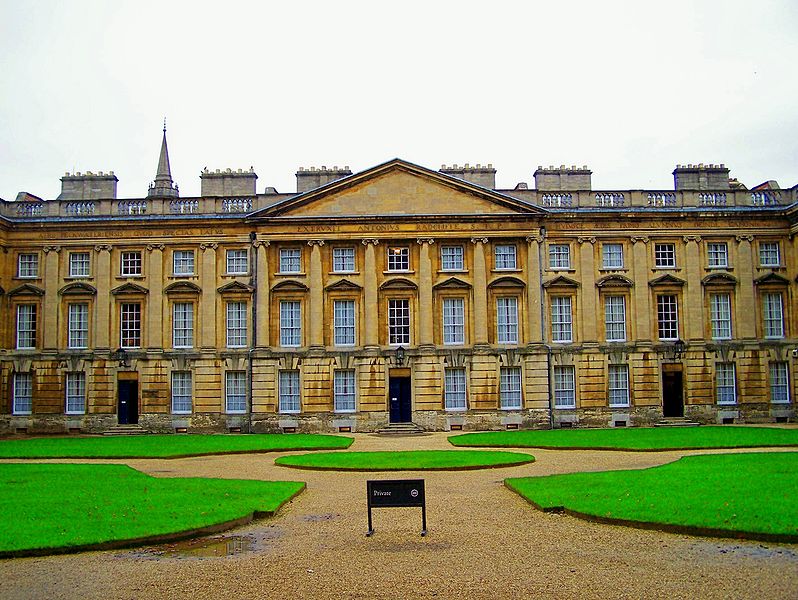
Plans by Christ Church, an Oxford college, to move a 300-year-old boundary stone have faced objections from Historic England. The proposal aims to facilitate the construction of 1,450 new
homes and a primary school near Barton in Oxford. Local residents have already expressed hostility towards the development, raising concerns about its size and impact on wildlife.
The college intends to relocate the Grade II listed stone, situated alongside two other non-historically significant stones in its current field. Christ Church claims that the movement will not cause any damage and suggests that the boundary stone has been moved previously.
However, Historic England questions this assertion. Rachel Fletcher, the inspector of historic buildings and areas at the organization, expressed in an objection letter that the boundary stone is a crucial listed structure dating back over 300 years, representing how land ownership boundaries were demarcated.
Moving the listed stone, along with the gatepost and unmarked stone, to a new location would, according to Fletcher, be detrimental in terms of potential damage to the structure and the interpretation of its historical significance. She also highlighted the importance of the other nearby features, such as Bayswater Brook, a historical bridge location, and a possible historical pathway.
Local residents echo the concerns raised by Historic England, emphasizing that boundary stones should not be moved due to their historical interest and heritage value. They believe that relocating the stone would negatively impact the environment and wildlife.
The college has previously stated that its development plans will exceed biodiversity net gain targets and incorporate renewable and low-carbon technologies. However, residents remain adamant that the historical significance of the boundary stone should be preserved in its original position. Photo by soham pablo, Wikimedia commons.








































